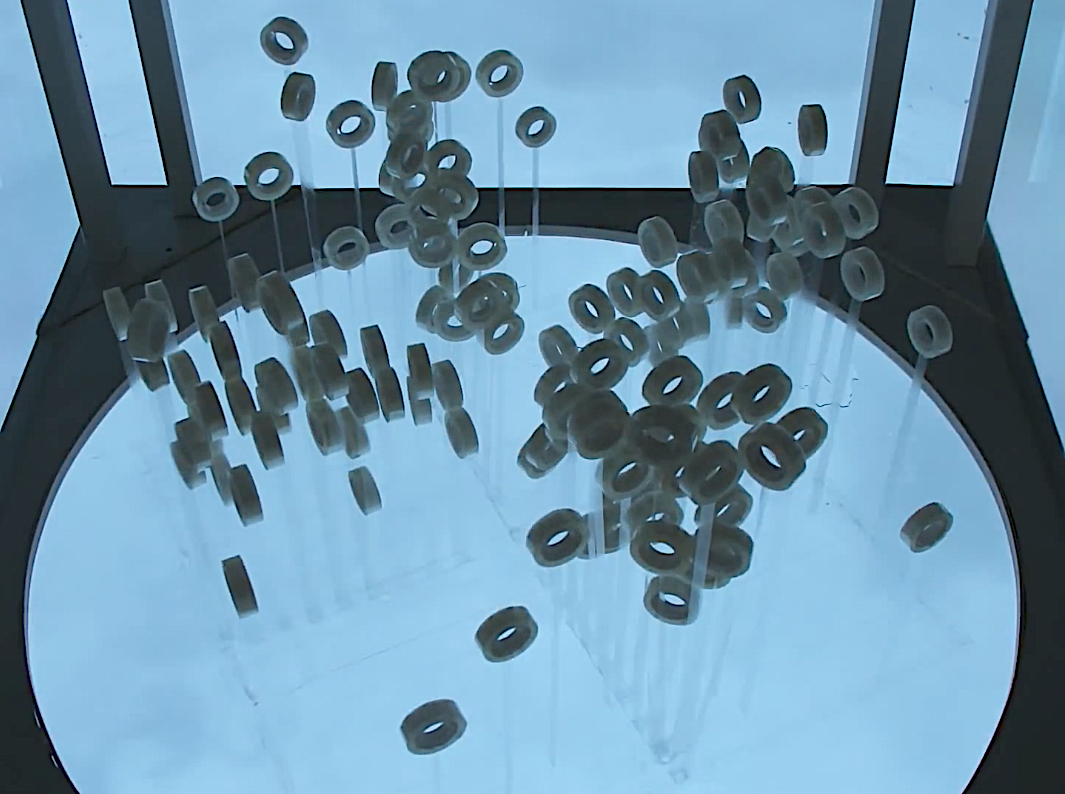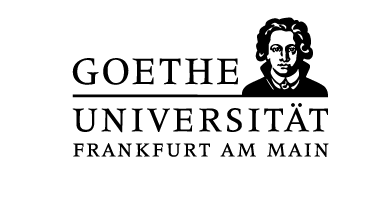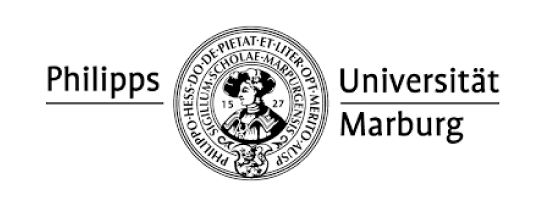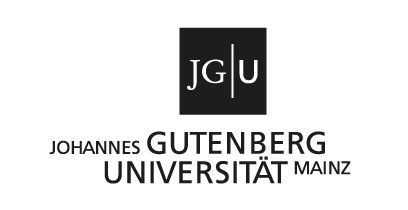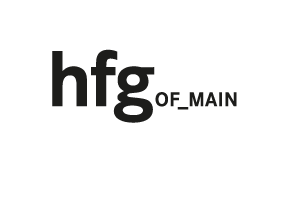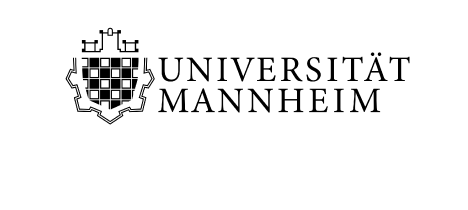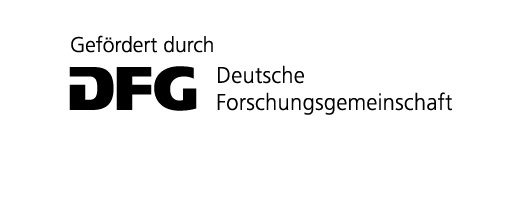Call for Proposals – International Conference
Sticky Films. Conceptual and Material Explorations
June 1–3, 2023
Goethe University Frankfurt (Campus Westend)
Frankfurt am Main, Germany
Organized by the Graduate Research Training Program
2279 “Configurations of Film” www.konfigurationen-des-films.de
Confirmed Keynote Speakers:
Amber J. Musser (CUNY Graduate Center)
Jurij Meden (Austrian Film Museum)
The 1925 short film Wenn die Filmkleberin gebummelt hat… opens with women dressed in lab coats using scissors and glue to cut and paste together strips of film. Daydreaming about a man, the Filmkleberin (a female editor, lit. film gluer) gets distracted at work. She mixes up boxes of film material, involuntarily sticking together a chaotic yet subversive compilation that causes dramatic reactions from the cinema audience. They throw tomatoes at the screen and eventually tear it apart. When stickiness is part of the operation, creating and destroying go hand in hand. Cutting, gluing, and pasting enable creative restructuring and care of film but are also used for censorship and control (Hennessy 2021). Just like in the Filmkleberin, we invite you to think through these sticky instances and interstices in which glue, paste, gender, care(ful) work, creation, and destruction are (re)configured as, through, or with film.
Sometimes we want to avoid stickiness, and sometimes we need it. The introduction of sticky tape in editing rooms of the 1960s allowed for more flexibility in the editor’s work as its use was more forgiving than former gluing techniques with film cement (Turquety/Gaudreault 2018:254). At the same time, this posed new challenges to archival and restoration work. Adhesive tape ages differently compared to celluloid. The archival storage of magnetic tapes may cause “Sticky Shed Syndrome”: over time the stock can shed a residue that makes it stick together, slowly hiding away the content between increasingly sticky layers of material (Schüller 2014). Stickiness can repair and mend, or accelerate the decomposition and destruction of materials. Using glue to repair an object might get our hands sticky. This technique also permeates digital infrastructures as part of cut&paste culture. How can we conceptually think of these (un-)desirabilities of stickiness in relation to objects in film and media studies?
Stickiness can be “what objects do to other objects” (Ahmed 2014:91). Sticky objects are connected in “a chain of effects” (91), their relations traceable through times and spaces. Some traces can be found in concepts referring to the “stickiness” of media content that creates deep investment and is likely to be spread (Jenkins/Ford/Green 2013:5). The level of such stickiness can be measured to see which types of content cause especially long periods of dwelling (Brinberg et.al. 2022:3). By choosing and placing films or objects side by side, curatorial decisions can also create desired or unwanted connections through stickiness. Phenomena that glue us to screens, such as gambling (Dow Schüll 2012), clickbait, or binge-watching, may offer examples to study how sticky media affect our behavior and feelings. In critical race studies, becoming-black has been linked to stickiness, a relation defined by “the weightiness of being overdetermined, with ahistoricity, and with labor.“ (Musser 2014:29) Thus, stickiness is not only a feeling and a mechanism of feelings (the feeling of stickiness vs. the stickiness of a particular feeling), it is also an effect of history. Stickiness happens between bodies and media, most notable in skin-to-skin, or skin-to-object relations. It is “a leaky, even fleshy descriptor suggestive of touch,” and being “sticky with the past and the future is not to be autonomous, but to be engaged in a freighted, cross-temporal mobility.” (Schneider 2011:36f) This opens up the possibility to understand stickiness as a condition, a potential, and a tool for the study of film and media configurations.
This conference aims to gather scholars from various fields in Frankfurt to think about these contradicting and resisting conceptions and usages of stickiness. Where does stickiness surface, what does it carry along, powerful momentum or unwanted distraction? When is stickiness (un-)desired? Bringing erratic examples of stickiness, adhesives, glue, and paste together creates contact zones, and makes configurations knowable as sensible encounters to be explored with care.
Possible fields/topics:
- Stickiness in production studies: use of duct tape on film sets, sticky tape in the editing room, use of glue and tape for practical and special effects
- Adhesives in the archive: chances and challenges in preservation and restoration
- Stickiness as a tool in costume and make-up design
- Stickiness and gender expression: use of tapes and glue for temporary or permanent body modification (face tape, tucking tape, chest binding tape)
- Sticky affect: positive and negative feelings related to sticky media content, responses of disgust or fetishisation, porn studies
- Stickiness in media consumption and distribution: economy of attention
- Star/celebrity discourses: (bad) reputation as sticky, leaked sex/porn tapes
- Stickiness of memory and history: temporalities, trauma, remains, and remainders
- Sticky things for communication: stickers for decoration, stickers in urban spaces, sticky notes for brainstorming and/or as a design material
- Cultural studies of stickiness and practices of bricolage
- Cultures of repair and media obsolescence
- Adhesives and sticky tape in artistic creation: collage art, tape art
- and more.
Please send abstracts (max. 300 words) and a brief biographical note (max. 150 words) to sticky2023@gmail.com by November 20, 2022. Applicants will be notified of acceptance by mid-December 2022.
The organizers would like to make this conference inclusive and are aware that there are different hurdles for people to participate in such an event. We have set aside funds for travel grants for graduate students and precariously employed (part time on limited contract) or currently unemployed scholars. Please contact us if you have any further needs we can address, i.e. accessibility questions. More information about the application process for travel grants will be sent out with the acceptance notifications. See also www.konfigurationen-des-films.de/en for updates concerning the conference.
Fig. 1: Screenshot from Tape Generations (Johan Rijpma, 2013) Youtube, last accessed September 12, 2022.
